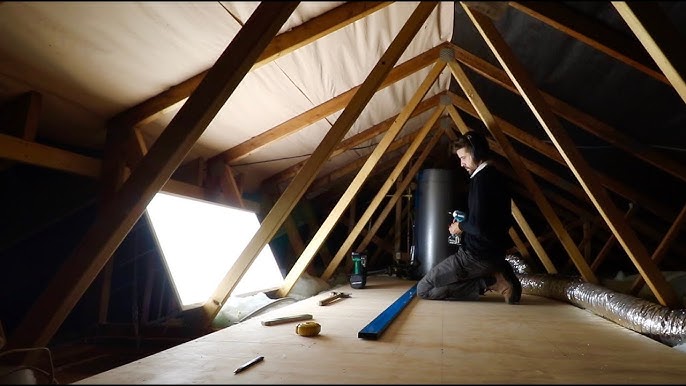With the rise of environmental consciousness, many homeowners and real estate developers are considering eco-friendly construction methods. Understanding the pros and cons of this approach is essential to making an informed decision that aligns with both ecological values and practical goals.

Understanding Eco-Friendly Construction
Before diving into the advantages and drawbacks, let’s clarify what eco-friendly construction entails. This approach focuses on using sustainable materials, energy-efficient technologies, and environmentally responsible practices at every stage of building.
Pros of Eco-Friendly Construction
1. Environmental Benefits
Undoubtedly, the most significant advantage is the positive impact on the environment. By using sustainable materials such as bamboo and recycled metal, builders can significantly reduce their carbon footprint. Also, employing energy-efficient systems contributes to reducing greenhouse gas emissions.
2. Long-Term Cost Savings
Although the initial investment might be higher, green buildings often result in lower energy and water costs. Over time, these savings can offset the initial costs, making eco-friendly homes financially appealing in the long run.
3. Healthier Living Environment
Eco-friendly homes often feature improved air quality. Materials free of toxic chemicals help in creating a healthier indoor environment, thus contributing to better overall well-being for the occupants.
4. Increased Property Value
As more people become aware of environmental issues, the demand for sustainable homes is increasing. This shift results in higher property values for buildings that meet eco-friendly criteria, making it a sound investment.
Cons of Eco-Friendly Construction
1. Initial Costs
The most significant deterrent for many is the upfront cost. Sustainable materials and technologies often come at a premium price, which can be daunting for potential builders or buyers.
2. Limited Availability of Materials
In some regions, finding the right materials for eco-friendly construction can be challenging, delaying projects and increasing costs.
3. Lack of Expertise
Not all contractors and builders are familiar with sustainable building practices, potentially leading to a lack of quality in execution. It requires research to find qualified professionals who understand and prioritize these methods.
Implementing Eco-Friendly Practices
Step-by-Step Planning
Adopting green construction methods requires detailed planning. Understanding aspects such as the site location, materials selection, and energy systems is crucial. For a more comprehensive guide, check out Green Construction Guide.
DIY Tips for Builders
For those keen on getting hands-on, there are numerous DIY techniques available to make a project greener. Simple actions like installing energy-efficient windows or sourcing reclaimed wood can make a significant difference. For more DIY tips, explore practical ideas that help in reducing costs while maintaining sustainability.
Research and Evaluation
Researching sustainable materials and evaluating the environmental impact of construction choices is crucial. Consider engaging with materials expert or refer to resources like the Greenly blog for guidance.
Conclusion
Echoing the words of industry experts, its clear that the benefits of eco-friendly construction outweigh the downsides especially for those with long-term vision. As our societies progress towards sustainable development, embracing green practices becomes not only a choice but a responsibility.

FAQs
1. Are eco-friendly buildings more expensive?
While the initial costs can be higher, long-term savings in energy and maintenance usually make up for it.
2. Can traditional buildings be converted into eco-friendly ones?
Yes, existing structures can be redesigned to include sustainable elements, like adding solar panels or using non-toxic paints.
3. How do I find eco-friendly construction specialists?
Research online platforms for certified professionals or consult with local sustainable building organizations for recommendations.
This article contains affiliate links. We may earn a commission at no extra cost to you.



